Tapestry is a French invention that has taken root all over the world, although in Russia it is more correct to call it a "wallpaper". It is a picture or decorative carpet embroidered with threads on thick fabric. In ancient times, clothes embroidered in this way were worn only by persons of noble origin.
Tapestry stitch in embroidery is used to create lint-free decorative panels, decorate individual elements of clothing and the tapestry itself at home. The work is not easy, so it requires perseverance, attention and patience. This article is devoted to the topic "Embroidery in the tapestry technique, what is it?" As well as the question of how to choose the right tools and canvases for this type of needlework.
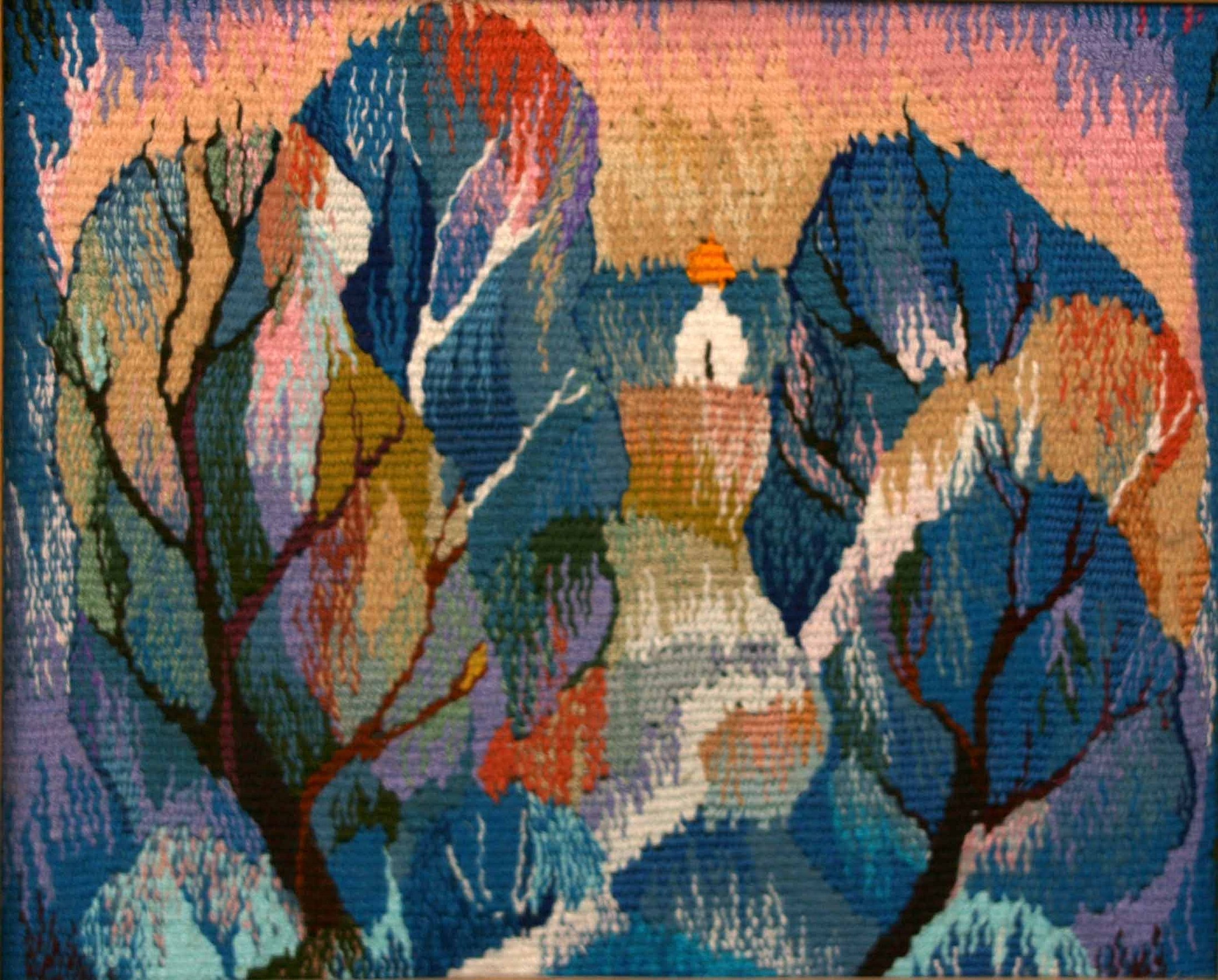
- The difference between tapestry stitch and half cross stitch
- Where are tapestry stitches usually used?
- Tapestry stitch: execution schemes
- Oblique tapestry
- Seam "pad" or with a lining
- Performing a gripping seam
- Continental stitch
- Smooth, gripping seam
- Vertical tapestry stitches
- Extended seam
- What you need to create a tapestry masterpiece
- What fabric is used?
- Securing the thread to the fabric
- Step by step technique of tapestry stitch embroidery
- Tips on Tapestry Embroidery Techniques
The difference between tapestry stitch and half cross stitch
There is not much difference in how to embroider a tapestry stitch and a half cross stitch. In the first case, it is very important to monitor the tension of the thread. If it is too tight, the final embroidered picture will be deformed and distorted. The quality of the work is checked by the reverse state of the threads, they should be equally and moderately tight.
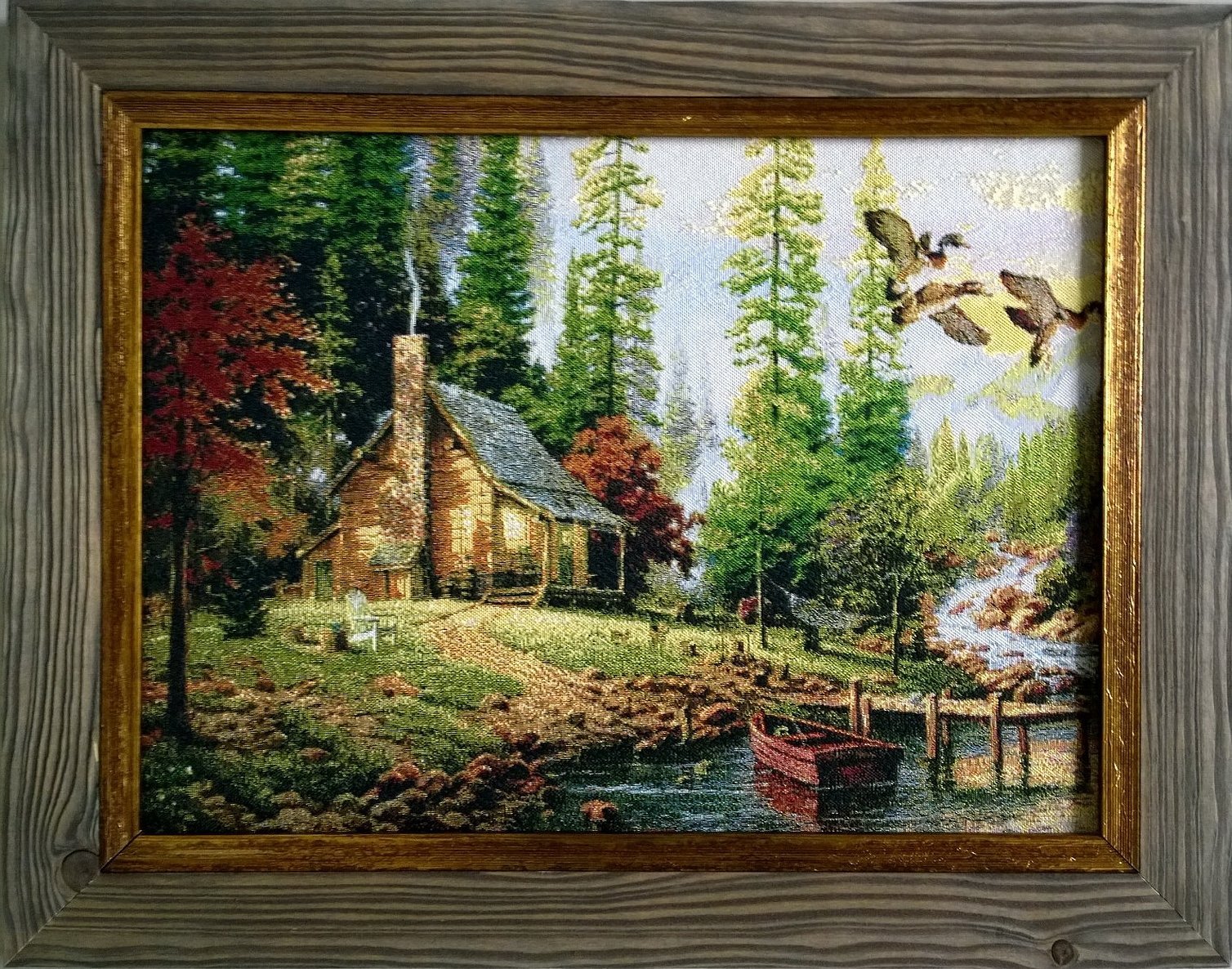
In the case of half-cross stitching, you need to first embroider the stitches diagonally on one side, then turn the fabric over and do the same maneuver on the other side.
Where are tapestry stitches usually used?
Tapestry embroidery is widely used to decorate individual parts of clothing, bedspreads, curtains, and panels. Such handicrafts will decorate not only small fabrics and canvases. You can embroider a huge carpet on the wall or a tablecloth on the table.
It is common to create wall paintings that look as organic as canvases painted with watercolors or oil paints.
Tapestry stitch: execution schemes
Before embroidering a tapestry, it is worth familiarizing yourself not only with the technique of work, but also with its many patterns. There are many options for the implementation of which both ordinary threads and beads or beads are used.
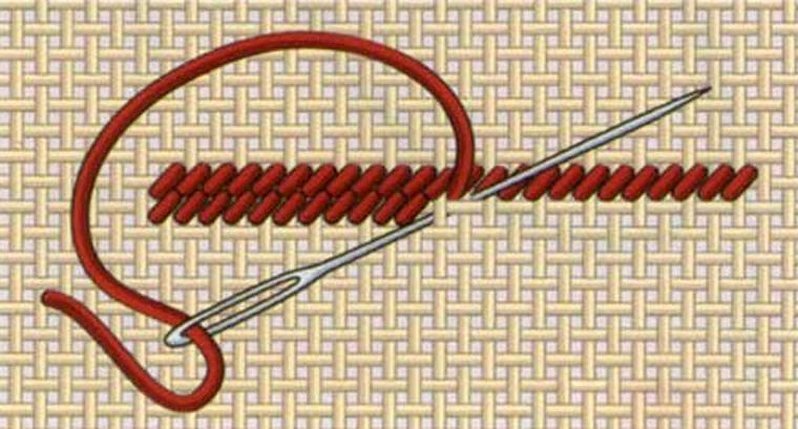
Please note! If you can’t figure out the patterns of tapestry embroidery on your own, you can learn by watching videos on master classes for this type of handicraft.
Oblique tapestry
The oblique stitch is used to improve the entire background of the painting. It fills small spaces in the finished work, transitions from one thread color to another, and other small defects.
Before starting work, each cell of the fabric is visually divided into four parts at the corners. First, insert the needle into the lower right corner, then insert it into the upper right corner, pull it out from the wrong side from the lower left corner and finish in the upper left corner.
Seam "pad" or with a lining
The next method of tapestry sewing is called "block". The secured thread must be brought to the middle of the cell. Then, alternately bring the needle out from the left corner to the adjacent right one.
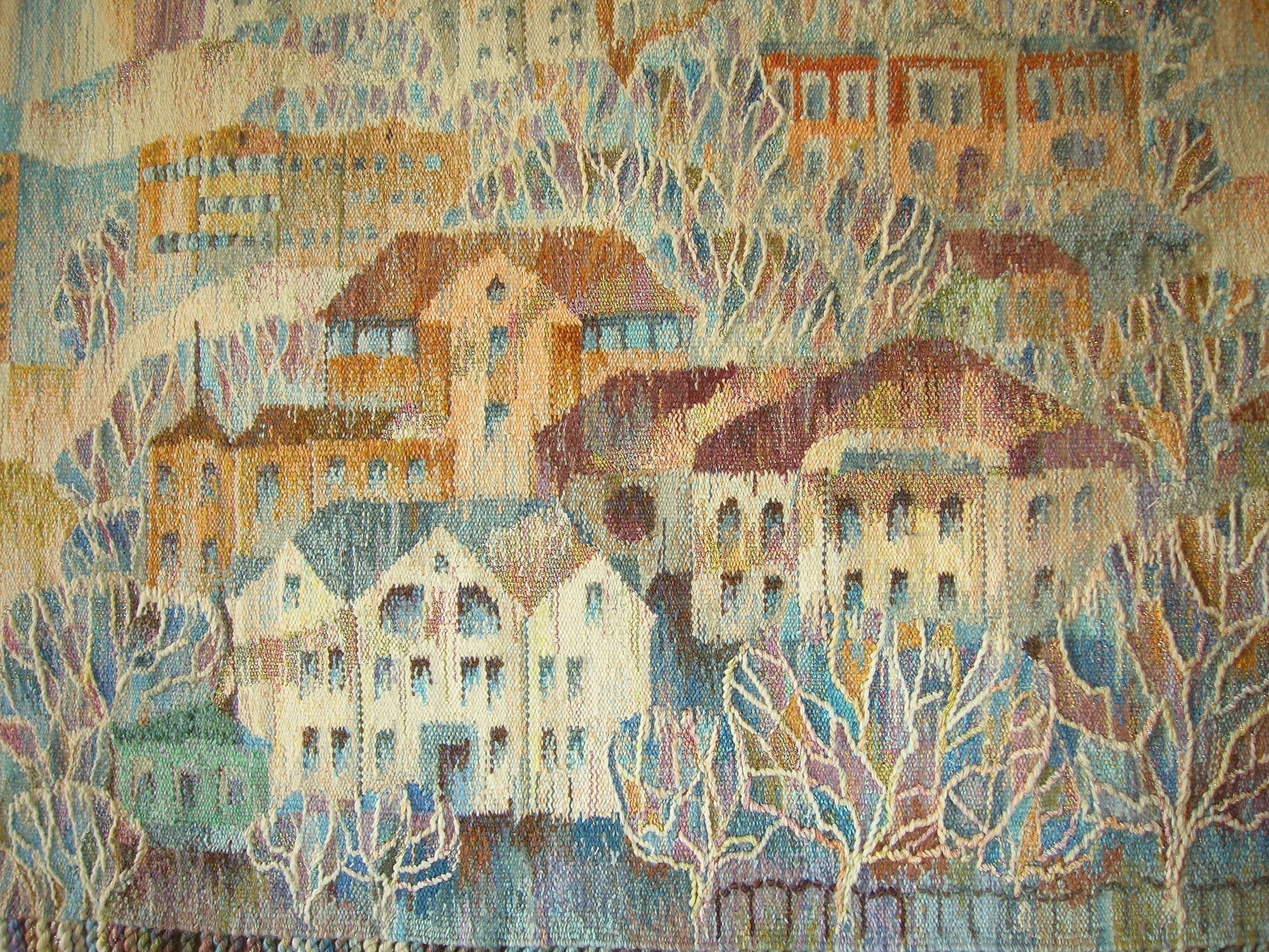
The rest of the row and the remaining ones are embroidered in the same way. The result will be very dense crosses, which even a beginner needlewoman can handle.
Performing a gripping seam
The catch stitch will become an indispensable stroke for volumetric embroidered pictures. They are needed to give the finished work relief. The stitches should have a parallel skew in one direction and not touch each other on the front side of the canvas.
To achieve this seam, start from the top right corner and make a diagonal stitch to the same corner of the next square.
Continental stitch
In the upper right corner, pull out the needle and thread and draw a diagonal line down. The next stitch is made in the cell that is one below and two to the left of the working one.
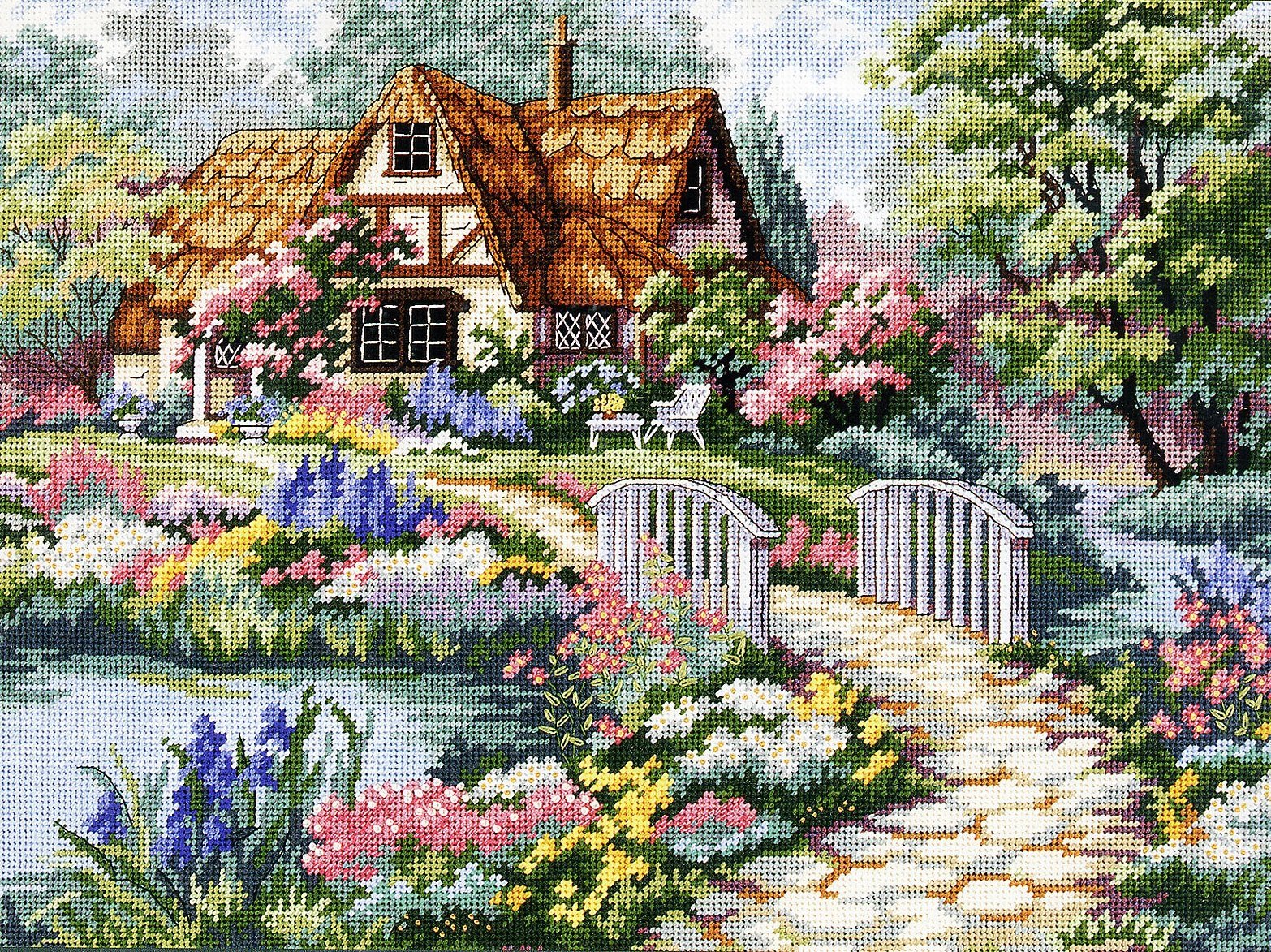
After the row is embroidered, you need to turn the work over and do the same maneuver with the remaining rows.
Smooth, gripping seam
Smooth capture stitch is used for moderate transition of one shade of the picture to another. In its form it can be either straight or skewed. The length of the stitches depends on the shape of the embroidery patterns; large half-crosses or small regular captures can be used.
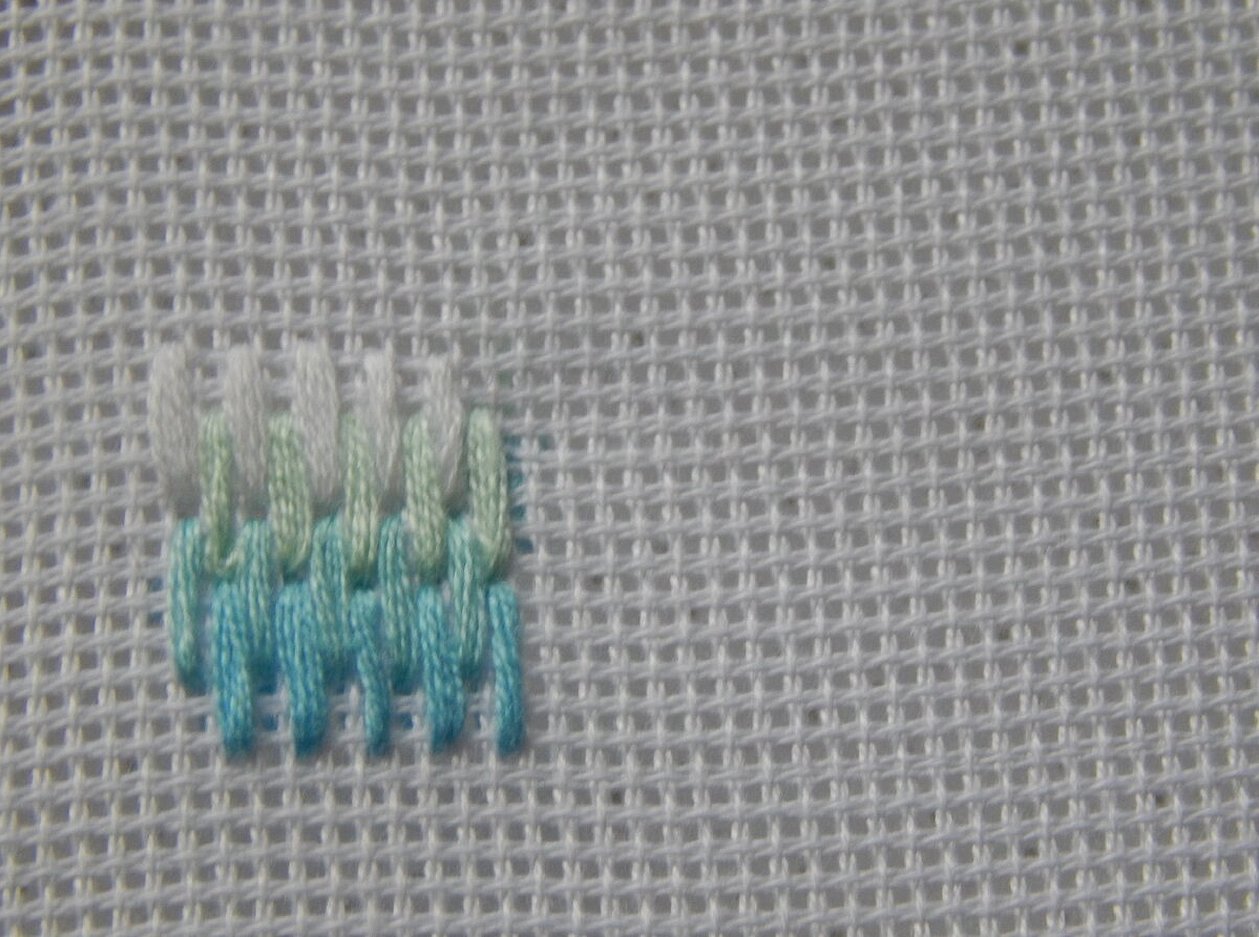
First, you need to secure the thread on the canvas, and from the very bottom left corner of the top row, start inserting the needle into the top right corner of the next row. Having finished the row in the same way, sew in the opposite direction. The stitches of the final embroidery should seem to overlap each other.
Vertical tapestry stitches
Vertical or straight stitches are often used to create tapestries. They can be created using existing stitches or from scratch.
The needle should be brought out from the top of the cells. In order to move to another lower row, it is necessary to pass the needle from the back of the canvas into the upper corner of the next line. The stitches should be embroidered in the direction from the bottom edge upwards. Try not to leave any empty spaces or gaps between them.
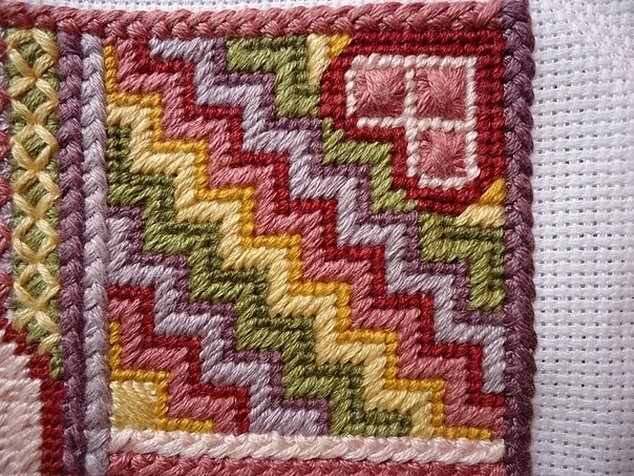
Important! It is necessary to constantly monitor the straightness of the seams, they must not be allowed to skew. The stitches must be parallel to each other.
Extended seam
To perform large-scale works, an extended seam is used. Its stitches can be tilted at any angle, the main thing is to keep the parallel between them. First, you need to bring the needle with the working thread out from the back side from the top corner of the first row and pass it down the corner of the lower second row.
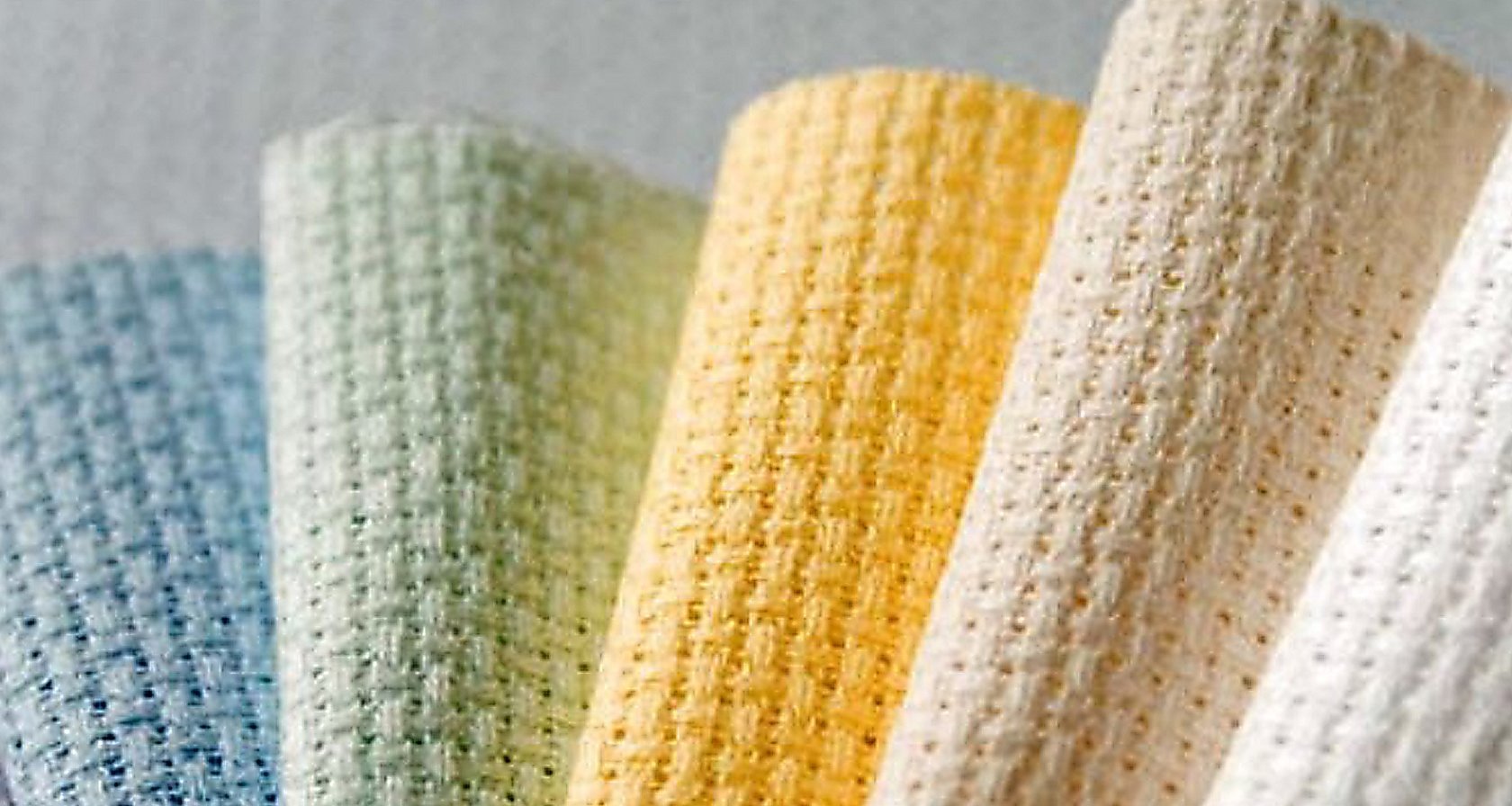
It is necessary to embroider in this order until the end of the picture. It is very important not to forget to keep the fabric in a flat state during the work, and also to monitor the parallelism of the stitches. The thread should completely cover all the gaps on the canvas, but you should not use thick woolen thread, as it may cause pellets.
What you need to create a tapestry masterpiece
In order for the finished tapestry embroidery to be of high quality and without defects, you need to stock up on the necessary tools in advance. You also need to select the necessary threads in terms of structure and thickness, and most importantly, choose the right fabric.
For tapestry embroidery you will need the following items:
- threads - dense in texture, you can use floss, which will have to be folded in several layers;
- needle;
- scissors;
- thick fabric or canvas;
- a diagram or drawing according to which the work will be carried out.
Please note! You can buy special kits in stores for embroidering tapestries at home yourself, which include a pattern and the necessary items.
What fabric is used?
The fabric for embroidery with a tapestry cross stitch should be dense. For this purpose, you need to buy a special canvas that should not have gaps or small holes. The most suitable canvas option is stramin, which has a special weave and does not wear out quickly.
Securing the thread to the fabric
For cross stitch tapestry embroidery, a knotless fastening of the working thread is used. First, you need to fold it in half and insert the end into the eye of the needle. Then thread the needle into the fabric from the front side and pull it through the adjacent hole, leaving a small tail. It is into this tail that you need to insert the needle and pull, thereby securely fastening the thread.
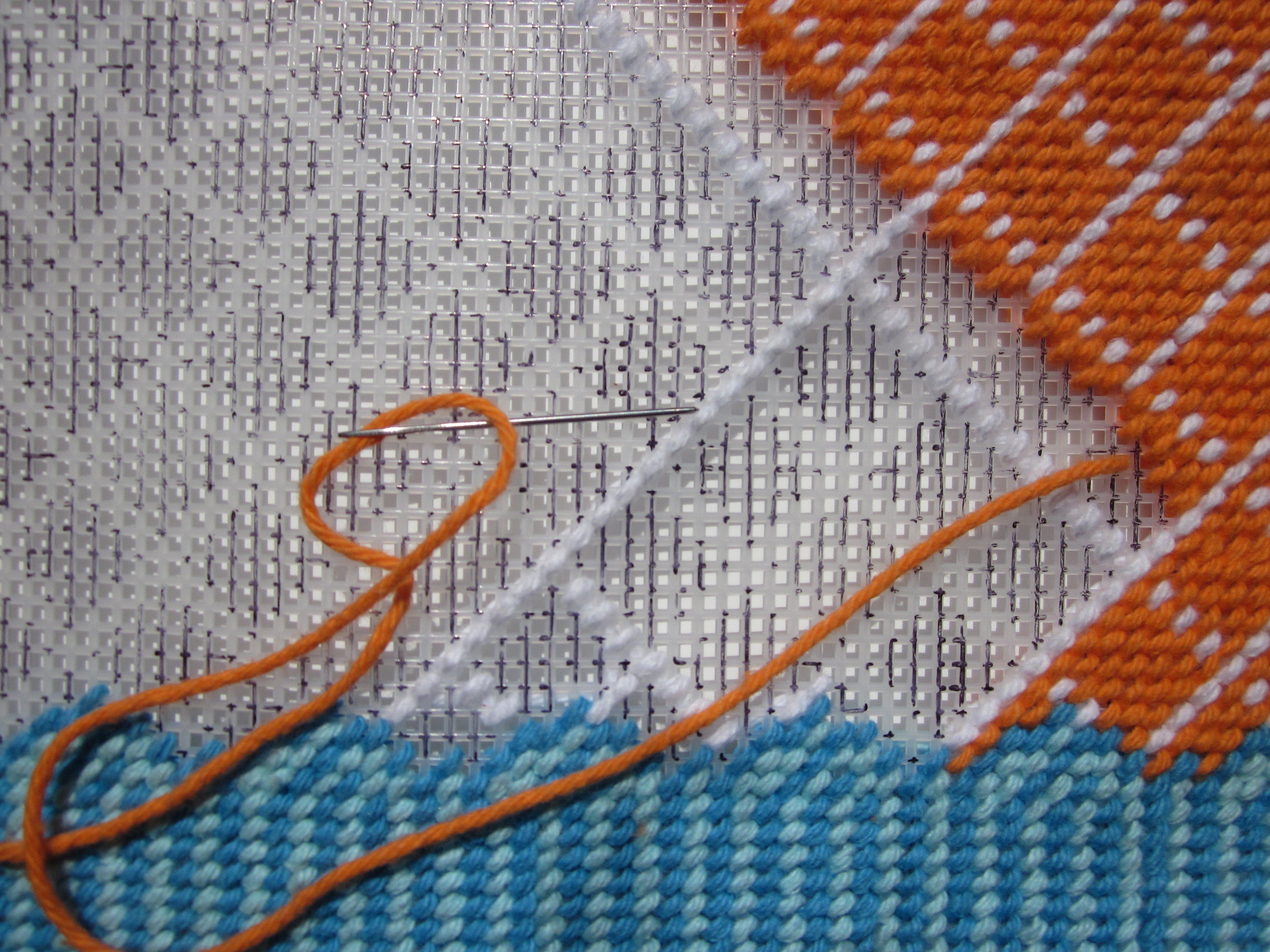
Important! This method can be used for any embroidery method, as you can constantly adjust the length of the thread and trim off excess length.
Step by step technique of tapestry stitch embroidery
Tapestry stitch embroidery follows the following step-by-step algorithm:
- Work begins from the left side of the canvas. You need to thread the needle from the wrong side in the upper right corner of the cell.
- Then thread it into the lower right corner.
- Then, draw the needle diagonally to the upper right corner of the next cell and pass it through to the lower right corner again.
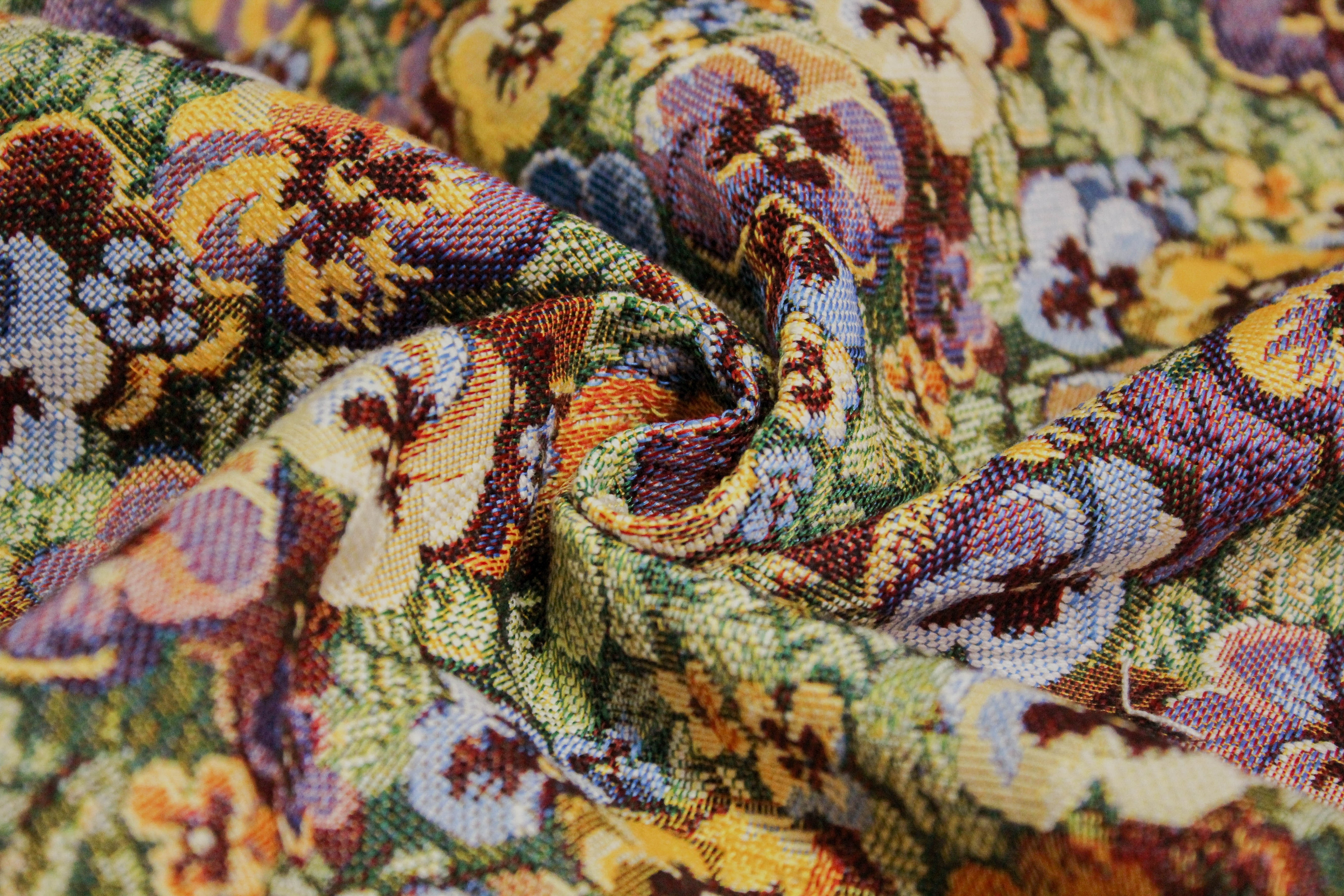
To fill the cell as much as possible, you need to choose a thick thread or fold regular floss into many layers.
Tips on Tapestry Embroidery Techniques
Needlewomen should remember that only from the front side each stitch looks like small halves of crosses. The tilt can be made in any convenient direction, but the embroidery should be started from the right.
It is recommended to do the work on dense and hard canvases or fabrics. The stitches should be embroidered tightly to each other. The finished tapestry should be denser and thicker in the end. There should be no gaps either.

The finished work should look embossed and have visual volume. With the help of such embroidery, you can decorate clothes, create large landscape paintings, make any, even the most modest room or just a room elegant.




